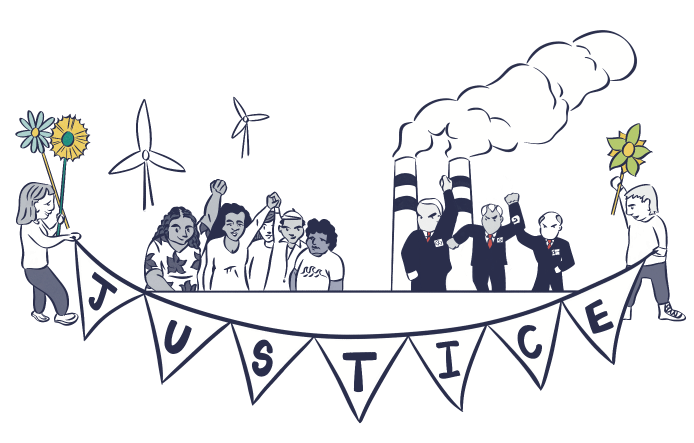Global trends in climate change litigation: 2025 snapshot

Downloads
This report focuses on key trends and evolutions in global climate change litigation from the calendar year 2024, while also highlighting important new developments through to May 2025. It provides a numerical analysis of how many cases have been filed, where and by whom, and a qualitative assessment of trends and themes in the types of cases filed. The primary sources of data are the two Climate Change Litigation databases maintained by the Sabin Center for Climate Change Law.
This report is the latest in a series. See www.lse.ac.uk/granthaminstitute/litigation/ for previous years’ reports.
Structure of the report
Part I provides an overview of overall case numbers and an analysis of the key actors involved in climate litigation. This year the report includes new analysis of cases that have reached apex courts.
Part II takes a closer look at climate-aligned strategic cases, identifying key strategies used in these cases and commenting on their direct judicial outcomes.
Part III explores developments in non-climate-aligned strategic cases, focusing on the types of cases filed in 2024, and explaining the nuance and variety.
Part IV explores the impacts of climate litigation beyond the courtroom: on climate governance, new legislation, and financial markets and corporate behaviours.
Key insights
- At least 226 new climate cases were filed in 2024, bringing the total number of cases filed to date to 2,967 across nearly 60 countries globally. Over 80% of 2024 case filings can be considered strategic.
- While the number of cases continues to grow, the overall rate of growth slowed during the year. But the United States, historically the country with the highest numbers of cases filed year on year, appears to maintain a stable rate of activity. 164 cases were recorded in the US in 2024.
- Political headwinds are changing the landscape of climate litigation globally, particularly in the US. Of the 226 cases filed in 2024, 60 cases were classified as involving an argument not aligned with climate goals. Many of these question governments’ authority to pursue a proposed climate policy, or companies’ environmental/social/governance (ESG) agendas.
- Climate litigation in the Global South is in a phase of dynamic growth. Almost 60% of cases recorded were filed since 2020. Understanding litigation in these jurisdictions requires a broader approach that includes cases where climate change is a peripheral issue.
- In the Global South, governments, regulatory agencies and public prosecutors are playing a key role in climate litigation developments. In 2024, 56% of cases were initiated by government bodies. This signals a shift towards enforcement actions and cases seeking compensation for localised climate damages, such as from deforestation in Brazil.
- On international climate litigation, the International Tribunal on the Law of the Sea issued its advisory opinion in May 2024, confirming that states have stringent obligations to prevent, reduce and control greenhouse gas emissions from marine sources. Pending opinions could reshape interpretations of climate obligations under international law and spark new litigation.
- Between 2015 and 2024, 276 climate-related cases reached apex courts – such as supreme and constitutional courts – globally: 117 in the US and 159 elsewhere. More than 80% of these cases involve government defendants, but cases against corporate defendants appear to have a higher overall success rate.
- As climate litigation continues to mature as a field, attention will turn to implementation of judgments hailed as landmark wins for the climate movement. In 2024, significant attention turned to the implementation of the KlimaSeniorinnen judgment.
- Around 20% of climate cases filed in 2024 targeted companies, or their directors and officers. The range of targets of corporate strategic litigation continues to expand, including new cases against professional services firms for facilitated emissions, and the agricultural sector for climate disinformation.
- Highly anticipated decisions in corporate climate cases including Milieudefensie v. Shell and Lliuya v. RWE affirmed that companies have a duty to contribute to combatting climate change and in principle, they can be held liable for climate-related harm. However, these cases faced legal evidentiary hurdles.
- The question of whether downstream or ‘Scope 3’ emissions from fossil fuel projects must be considered by decision-makers came into sharper focus in 2024. It seems likely that courts may increasingly insist on more rigorous scrutiny for high-emission projects through environmental impact assessments.
- The broader impacts of climate litigation are becoming increasingly visible and well-documented. This includes impacts on climate governance, legislation and financial decision-making.

